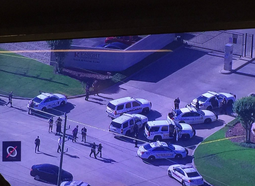
What I want to talk about today is a scenario in which your school needs to go in to lockdown because of something happening nearby. Earlier this month in Katy, Texas a disgruntled former employee walked into the front door of his former place of work, yelled something about his life being ruined, aimed his shotgun, shot at multiple people (killing one of them), and then took his own life. This man had been fired from the company recently and was out to get revenge. We could discuss this situation in the context of workplace violence and warning signs or situations that may cause an employee to commit an act of violence, but the focus of this blog post is on the nearby schools. A high school, a junior high school, and an elementary school are located directly across the street from the business where the shooting occurred. These schools (Morton Ranch High School, Morton Ranch Junior High, and Franz Elementary) went into immediate lockdown.
There are a few issues to think about here. (Before we go any further, please understand that this commentary is in no way reflective of the Katy ISD Police or schools and how they conducted themselves. The active shooter situation and subsequent school lockdowns in Katy, Texas are merely serving as the jumping off point for a thought exercise here.):
- Why didn't the other nearby schools go in to lockdown as well? A map of the area seems to indicate that there are at least three other schools within a mile of the business where the shooting occurred and another four schools less than three miles from the shooting. That's a total of 10 schools within a 3 mile radius of this incident. It seems that the local school district department put the first three schools on lockdown, but if you're a parent or educator or employee at one of the other nearby schools, wouldn't you want to keep your students safe as well? A lockdown plan (in addition to being drilled regularly), should stipulate what circumstances qualify for initiation of the lockdown procedure.
- At least three nearby schools did go into lockdown mode even though nothing violent happened at these schools; they were put on lockdown because of a nearby incident. If you are an administrator or educator, you need to realize and understand that incidents at other locations can affect you, even if the incident is not on your campus. Many administrators and educators that we work with think that nothing bad will ever happen at their school. Whether or not that is a reality, the fact is that bad things may happen near your school, and this should be reason enough to write and drill a lockdown procedure.
- The three schools put on lockdown were ordered to do so by the local school district police department. We've met with a lot of school administrators who feel that they are perfectly well prepared for a lockdown or active shooter event because the local police department has a SWAT team. While a trained SWAT team may be effective in neutralizing an active shooter, are you going to rely on that SWAT team to set up your mass notification system? Audit your security protocols? Audit your camera and alarm coverage? No, of course you're not - its not the job of the SWAT team to write an evacuation plan for you or to make sure your mass notification system is in place and functioning properly. The job of the SWAT team is to neutralize the threat. The point here is that having a local police department and/or SWAT team is not enough - you need to have a proper security audit performed for your school and a proper lockdown procedure written and drilled.
We are always sorry to hear about active shooter events, and our condolences go out to the family of the employee killed by the active shooter. However, we do strive to learn from active shooter incidents, and this particular incident has the ability to teach us a few things about school lockdown procedures.





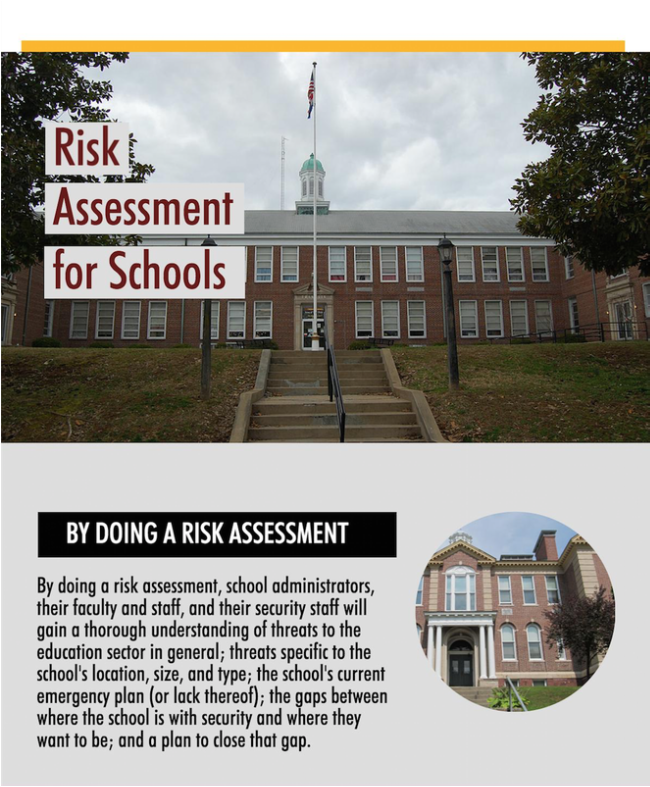
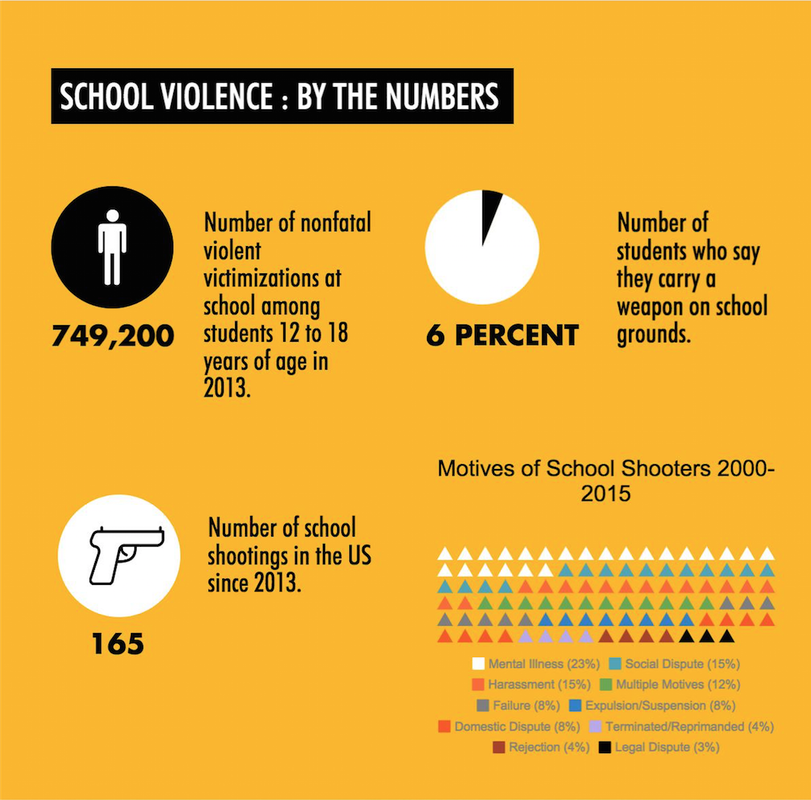
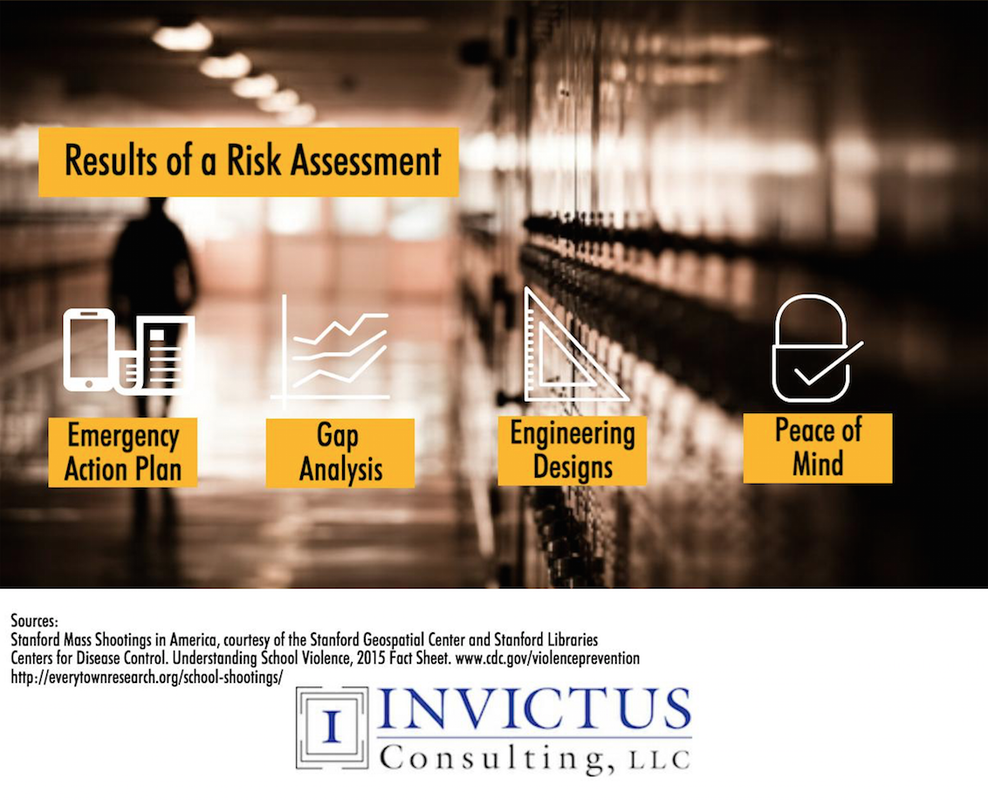



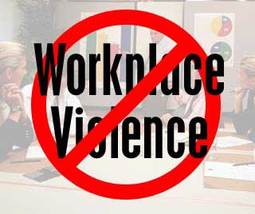
 RSS Feed
RSS Feed
